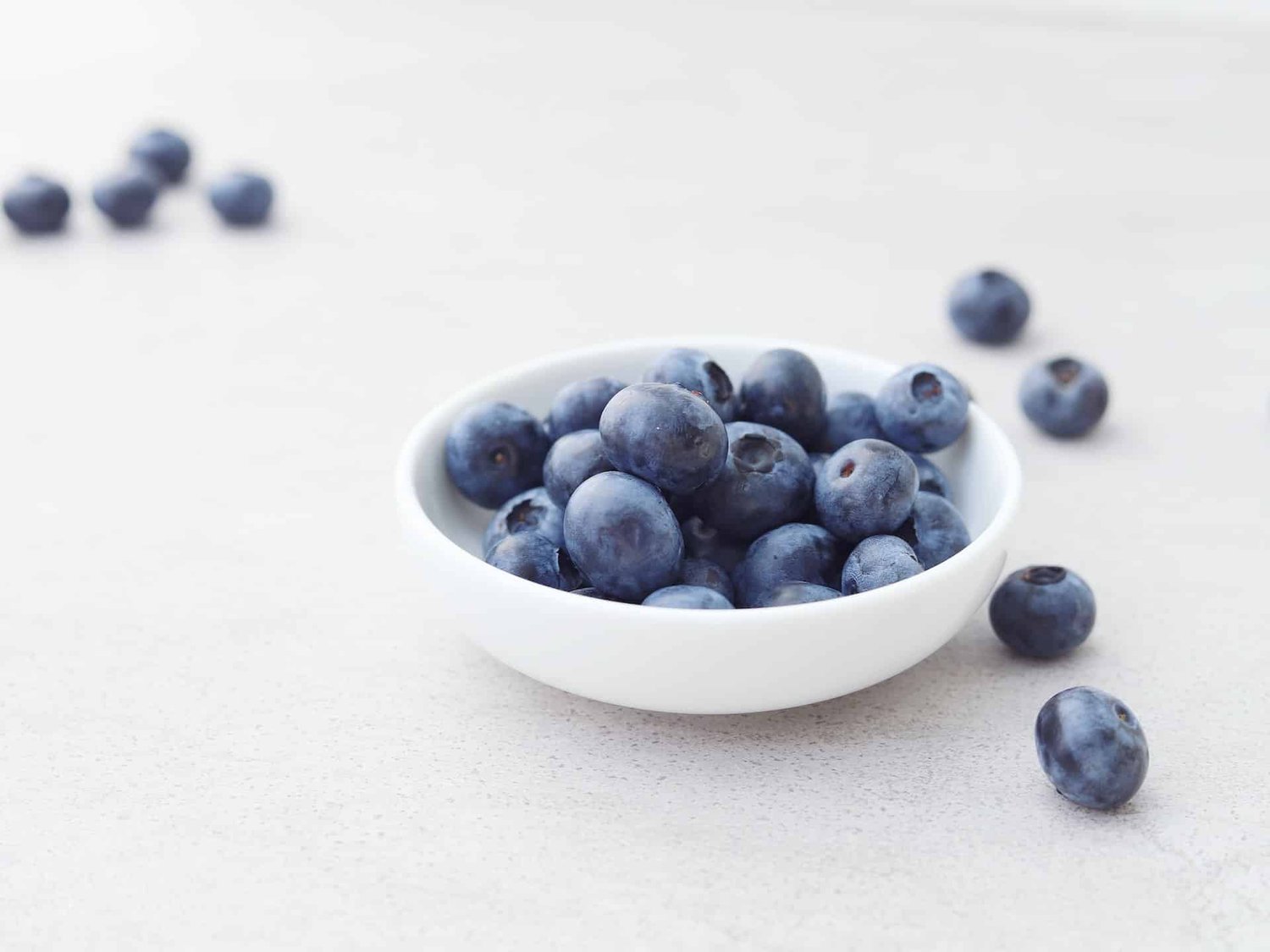This beloved superfood is now #11 on the Dirty Dozen list
First and foremost, always wash your produce before consuming it!
I make it a habit to carry the Dirty Dozen and Clean Fifteen list in my wallet so that I can reference them at the grocery store. I want to eat produce that has been grown as purely and cleanly as possible and is free of harmful chemicals.
That being said, I’m not perfect.
I’m a health, nutrition, and fitness coach, but I don’t buy all organic. I try to, but it’s not always possible. Sometimes it is due to cost or the fact that my local store doesn’t carry a wide variety of organic produce.
This is where local farmers come into the picture.
Ask the farmer!
The next time you’re at the farmers market or visiting a local farm stand, ask the farmer if they use organic practices. The cost of getting certified organic might not be feasible for a smaller business, but they may indeed use organic practices. They just may not be able to use the word ‘organic’.
Why is organic better?
Pesticides are chemicals originally designed to eradicate pests, but they are also inherently toxic to humans. Certain pesticides found in the Dirty Dozen have been banned in the United States or in Europe due to their potential health hazards. According to the findings of independent researchers, government agencies, and physicians, exposure to pesticides may increase the risk of cancer, hormone disruption, and neurological problems.
The Dirty Dozen list by EWG’s Shopper’s Guide to Pesticides in Produce™ has been updated annually since 2004, and it ranks the level of pesticide contamination on 46 commonly consumed fruits and vegetables.
The rankings are based on the results of over 46,000 samples of produce tested by the Department of Agriculture and the Food and Drug Administration.
It’s essential to note that the produce is tested after it has been washed and prepared to be eaten, and pesticide residues are still found on many of them. In my book, that is a little scary.
Consumers rely on this guide to make informed decisions to minimize their exposure to harmful pesticides. With the Dirty Dozen list, people can easily identify the fruits and vegetables with the highest levels of pesticide contamination and choose to purchase organic or less contaminated options.
This year our famed superfood, blueberries were added to the list. Scientists traced 54 pesticides to blueberries, with almost 80% of samples showing the presence of two or more pesticides.
Blueberries are full of healthy antioxidants that protect your body from damaging free radicals.
I decided a long time ago to limit my exposure to pesticides as much as possible to protect my sacred health. I go organic whenever possible. These lists have been great for grocery shopping with a budget in mind. I can make better choices knowing the worst offenders.
Here’s the 2023 Dirty Dozen list:
- Strawberries
- Spinach
- Kale, collards, and mustard greens
- Peaches
- Pears
- Nectarines
- Apples
- Grapes
- Bell and Hot Peppers
- Cherries
- Blueberries
- Green beans
Photo by Gabriel Gurrola on Unsplash
In addition to the Dirty Dozen, the EWG created a list of the Clean Fifteen. This is a list of the cleanest produce that has the lowest amount of pesticides, according to the EWG’s analysis as well as the most recent USDA information.
The Clean Fifteen List:
- Carrots
- Watermelon
- Sweet Potatoes
- Mangoes
- Mushrooms
- Cabbage
- Kiwi
- Honeydew Melon
- Asparagus
- Sweet Peas (frozen)
- Papaya
- Onions
- Pineapple
- Sweet Corn
- Avocados
Always wash your produce before consuming (especially if non-organic). Keep in mind that washing doesn’t necessarily remove all pesticides, but it reduces your exposure.
Don’t forget about buying frozen when costs are too high for fresh organic produce. I like to keep my favorites on hand in the freezer for when I’m in a pinch and to save money.
Speaking of blueberries, here’s a fabulous way to get your daily dose:



Comments ()